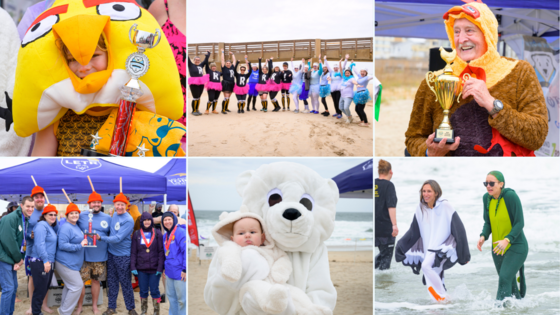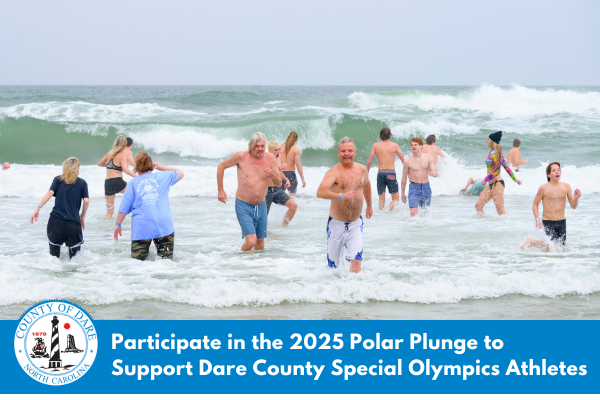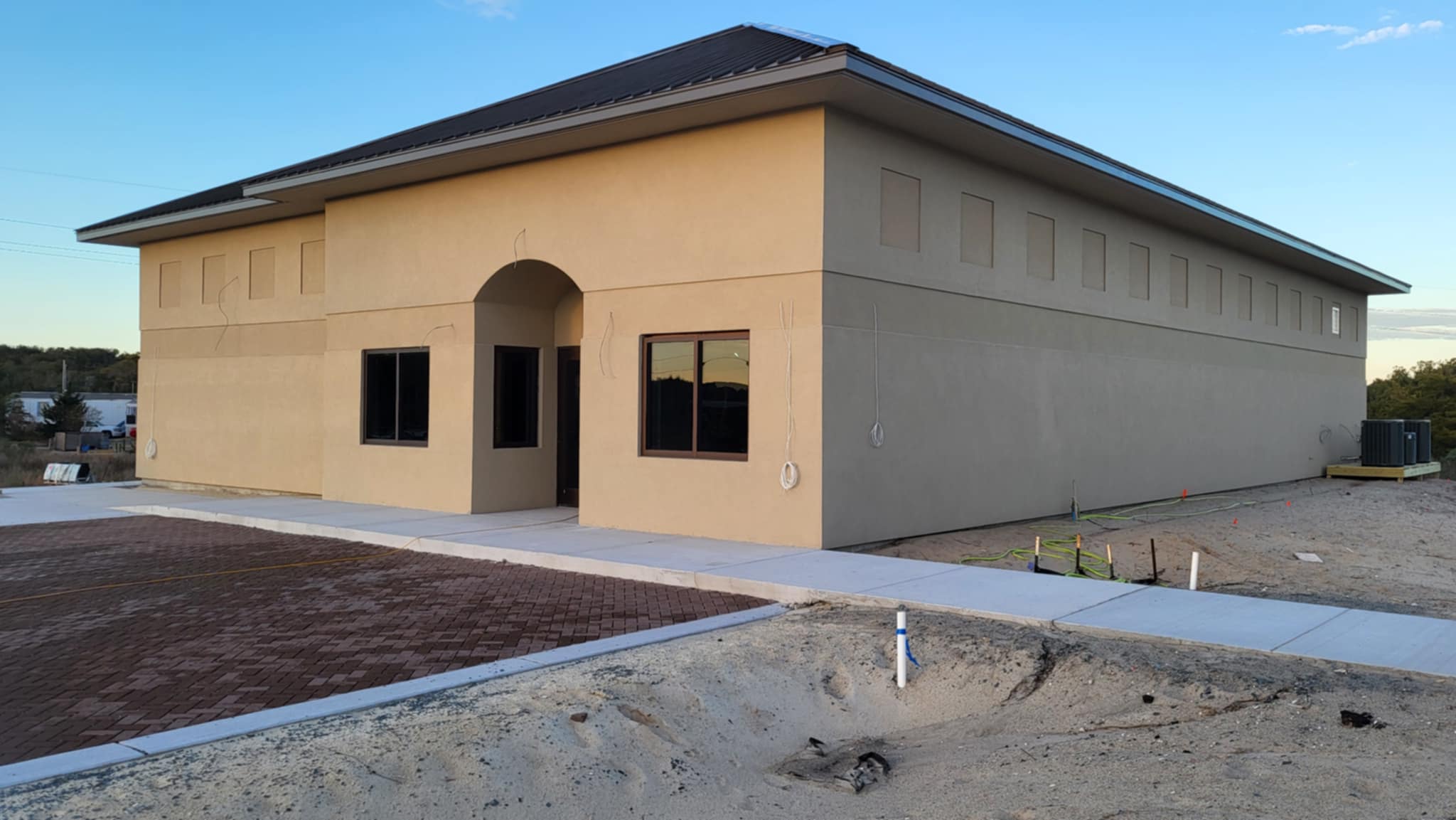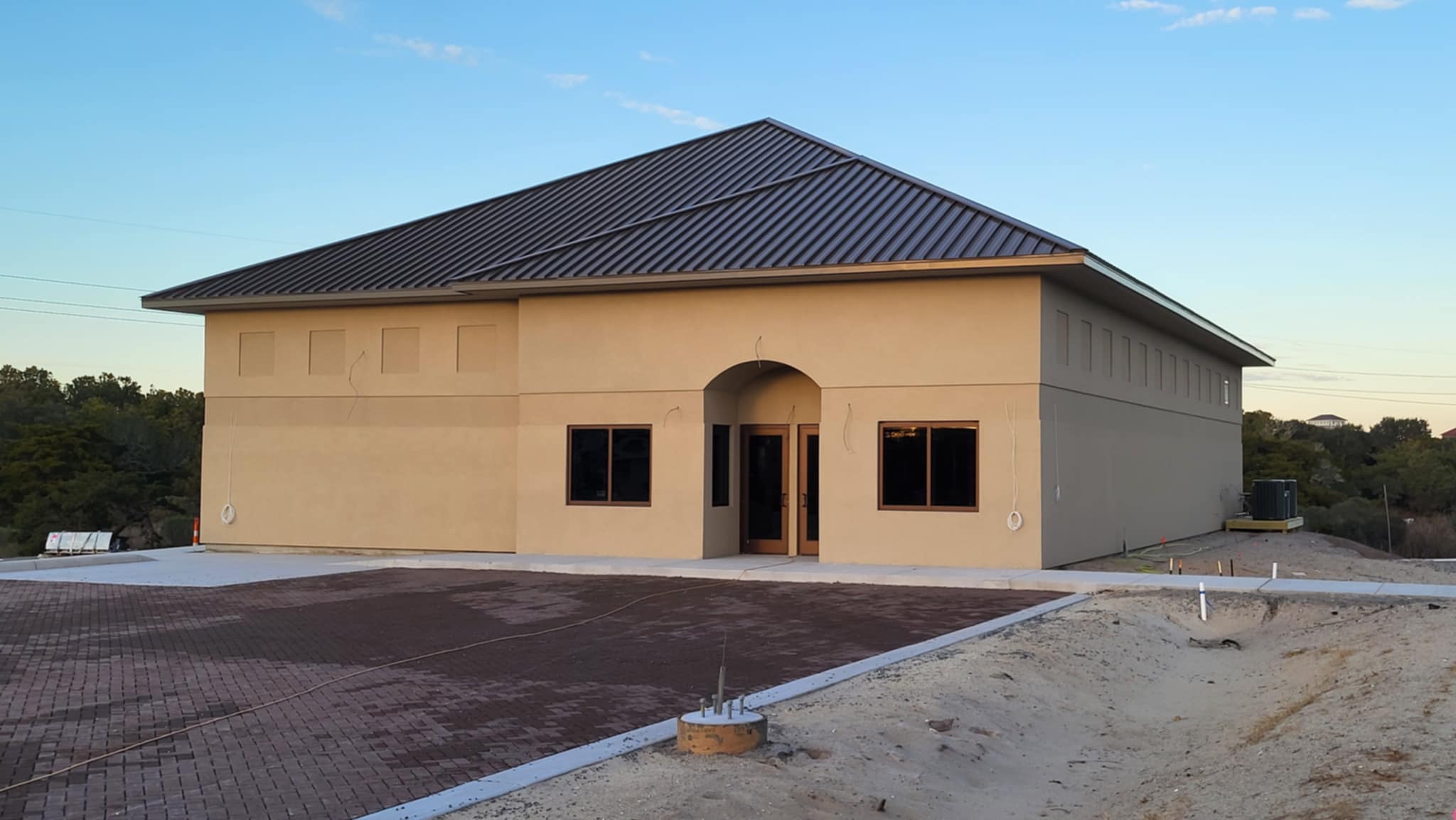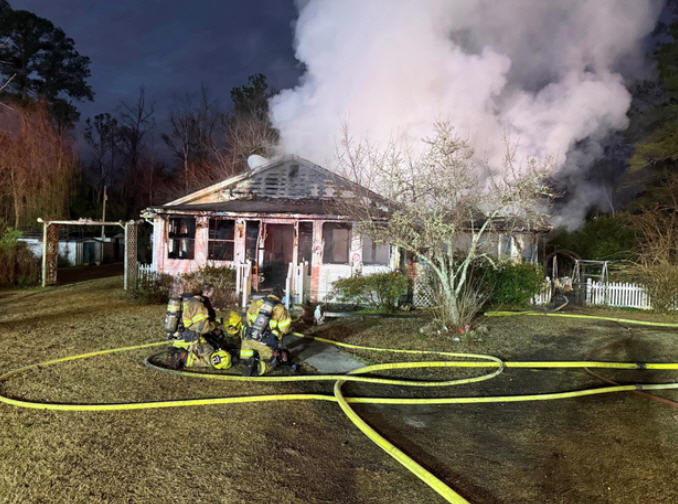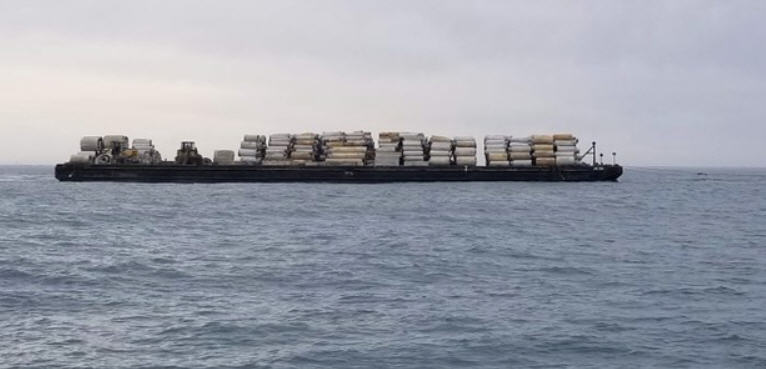Back-to-back storms have little impact on nests in the seashore
The two back-to-back storms that drenched the islands with rain had little impact on the established bird and turtle nests along the Cape Hatteras National Seashore, according to the National Park Service.
Tropical Depression Bonnie brought record-breaking rainfall of up to a foot to a number of areas along the islands, while Tropical Storm Colin, which breezed through the Outer Banks on Tuesday morning roughly a week later, added approximately 3 more inches of rain to areas that were already flooded.
But the absence of storm surge — as well as no drastically high tides or high winds — are credited for the fact that the majority of nests along Bodie Island, Hatteras Island, and Ocracoke Island came through unscathed.
Randy Swilling, the seashore’s natural resource program manager, reports that no turtle nests were damaged during either weather event.
Currently, the Cape Hatteras National Seashore has 30 turtle nests along the beaches, which includes one on Bodie Island, 15 on Hatteras Island, and 14 on Ocracoke Island. This is actually a big jump from the June 2 weekly resource management report, which recorded a total of 13 nests, including one on Bodie Island, seven on Hatteras Island, and five on Ocracoke.
There was also little damage reported to existing bird nests, with two exceptions. Some colonial waterbird nests were flooded along Cape Point, and also along Bodie Island spit. In the Bodie Island Spit area, three different colonies had fairly substantial decreases in nesting and breeding activity.
“We also noticed a lot of coyote activity in the area, however,” noted Swilling, “so it could be a combination of bad weather and predator activity [at Bodie Island Spit.]”
A recent closure was also reported about halfway down Ramp 45 in Buxton as piping plovers and their chicks moved west from their original nest more than 800 meters away, but Swilling said there was no way to know if the movement was storm related, or simply a natural movement towards different foraging areas.
The term “colonial waterbirds” refers to terns and black skimmers, which are birds that tend to nest in groups as opposed to out on their own – like American oystercatchers or piping plovers, which produce “solitary” nests.
“They’re very gregarious, and tend to nest in large numbers together – it’s a ‘safety in numbers’ kind of strategy,” said Swilling.
He also noted that because this wave of storms hit so early in the year, the chance of impacted nests being able to bounce back is fairly high. “It’s still early enough in the breeding season that any nest [that had damage] could be re-breeding soon,” said Swilling.
The knowledge of what nests have been impacted are part of an islands-wide survey that the NPS conducts after every major or even minor storm that brushes through the area.
Before a storm looms, the NPS does not disturb or move the nests in any way. “There’s no special steps we take when storms approaches, because it’s a natural event – a natural occurrence,” said Swilling. “Instead, we take a ‘wait and see’ approach, and go out after it has passed to assess the damage.”
“As soon as the park feels it’s safe to resume normal operations, we’re back out there in full force with our resource staff along with law enforcement to assess any impacts,” Swilling said on Wednesday. “Yesterday, everyone was in the office, and this morning, they were out on the ground, doing assessments.”
Swilling also said that the primary concern when it comes to storms is tidal overwash and storm surge. “Normally, a big impact comes from tidal overwash and high tides – the heavy surf, and the heavy winds,” he said. “High winds can also play a role because they can cover up a nest, and cause the birds to abandon them.
“We didn’t get significant impact from [these factors] during these past two storms, and that was our saving grace here. The water levels came up a little bit at Cape Point, but overall, we’re holding our own.”
As for the number of total nests that are currently present this year versus last year – which includes colonial waterbirds, oystercatchers, and Wilson’s and piping plovers — Swilling said that the numbers are roughly identical.
“Everything so far is the same as last year. The birds seemed to start a little earlier this year because we had such a mild winter. As a result, they were able to establish territories earlier. In terms of numbers, however, we’re about the same.”
The seashore used its new buffer regulations to allow an off-road vehicle corridor to pass through an area near Cape Point where a pair of American oystercatchers had established a nest. The corridor allowed the Point to remain open to vehicles for more than a month longer than the previous several years, but ORV access was closed on May 11 when colonial waterbirds began exhibiting nesting behavior in the area.
Meanwhile, the oystercatchers near Cape Point are raising three chicks that hatched in late May and take 50 to 55 days for fledging. The parents and their chicks are featured in the short video at the end of this article — which was posted on the seashore’s Facebook page on June 1 and credited to seasonal biotech Michael Villalobos.
According to the latest seashore resource management report, there have been eight piping plover nests to date — six at Cape Point and one each on north Ocracoke and south Ocracoke. As of this week, the two nests on Ocracoke were still listed as active, while there were no active nests remaining at Cape Point. There are, however, two active broods in the Cape Point area.



